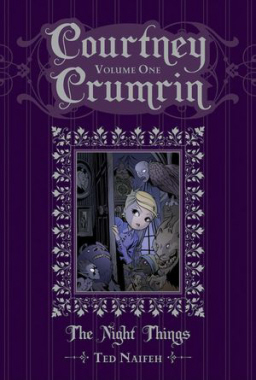Blogging Sax Rohmer’s The Yellow Claw – Part Four
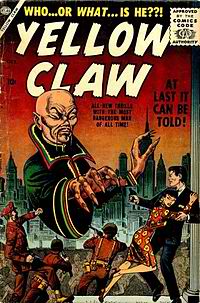
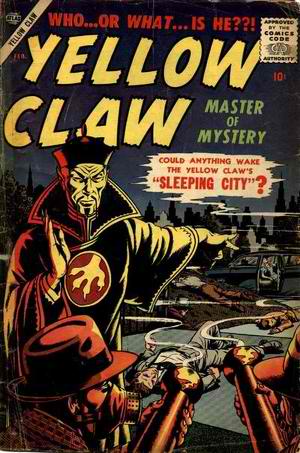 Sax Rohmer’s The Yellow Claw was originally serialized in five installments in Lippincott’s from February through June 1915. The serial was subsequently published in book form later that same year by Methuen Press in the UK and McBride & Nast in the US. The novel chooses to divide the story into four sections. This week, we examine the fourth and final part.
Sax Rohmer’s The Yellow Claw was originally serialized in five installments in Lippincott’s from February through June 1915. The serial was subsequently published in book form later that same year by Methuen Press in the UK and McBride & Nast in the US. The novel chooses to divide the story into four sections. This week, we examine the fourth and final part.
Rohmer really delivers with the final section of the novel with the development of the Eurasian femme fatale, Mahara who was previously referred to only under the mysterious moniker of Our Lady of the Poppies. Mahara becomes a flesh and blood character fiercely jealous to think that her lover, Gianopolis has been thinking of leaving her for another. The object of his affections is Helen Cumberley, Henry Leroux’s neighbor who despises Gianapolis as much as she pines for the unhappy thriller writer. Such a tangled web of unrequited love is uncommon for Rohmer, but it added to the novel’s appeal in its day and is surely one of the reasons that Stoll chose it as the first of his works to bring to the silver screen.
The narrative then switches to Gaston Max in the observation chamber of the opium den. The famous French detective feigns smoking opium, but only exhales through the pipe. Faking a drug-induced stupor, Max waits while Ho-Pin enters the room to check on him and is then startled to discover that upon his exit, Mahara has entered. Rohmer relished creating memorable femme fatales and Mahara seems to have been his first notable accomplishment with such a character. The Eurasian temptress passionately kisses the supposedly unconscious Max while lying upon him and cooing to him how she is going to enter his dreams. The image of a man forced to feign unconsciousness while a seductive female grinds into him is certainly powerful and far from the norm for fiction in 1915.
 In 2045 we will reach Event Horizon, aka the Singularity. In that year we will transcend biology and our bodies will meld with machines. “There will be no distinction, post-Singularity, between human and machine or between physical and virtual reality,” predicts author Ray Kurzweil in his 2005 treatise The Singularity is Near.
In 2045 we will reach Event Horizon, aka the Singularity. In that year we will transcend biology and our bodies will meld with machines. “There will be no distinction, post-Singularity, between human and machine or between physical and virtual reality,” predicts author Ray Kurzweil in his 2005 treatise The Singularity is Near.
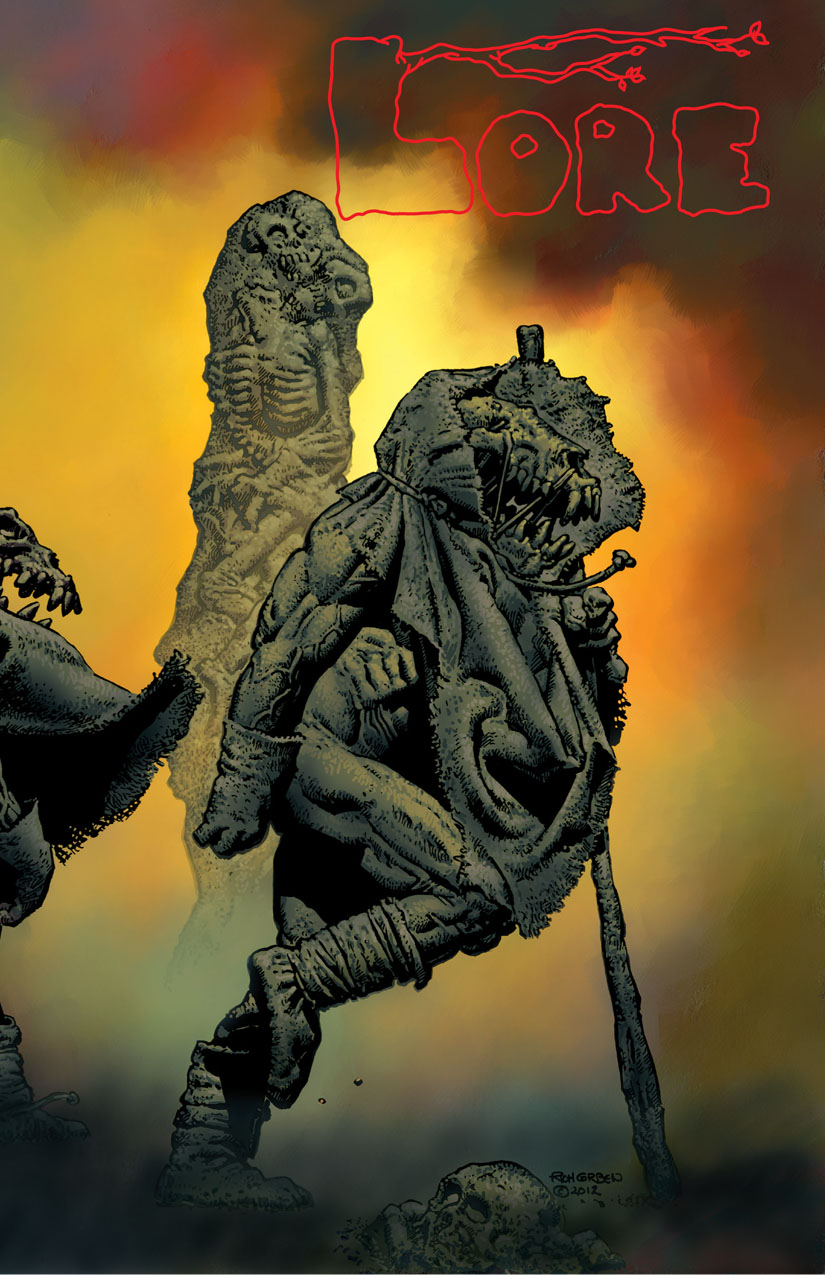
 The Dead of Winter
The Dead of Winter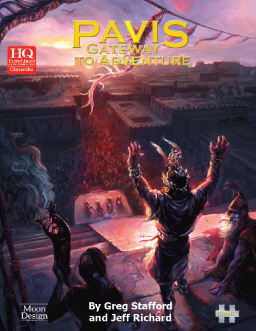
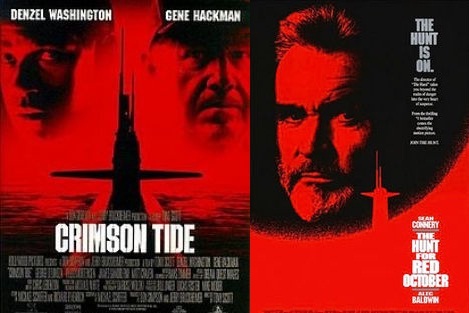
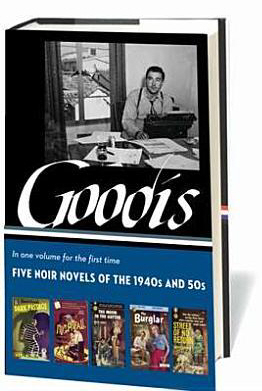
 Summer is almost here, and the time is almost right, for dancing in the streets. Or sitting your butt down in a movie theater to watch a big green thing in purple pants beat up aliens.
Summer is almost here, and the time is almost right, for dancing in the streets. Or sitting your butt down in a movie theater to watch a big green thing in purple pants beat up aliens.